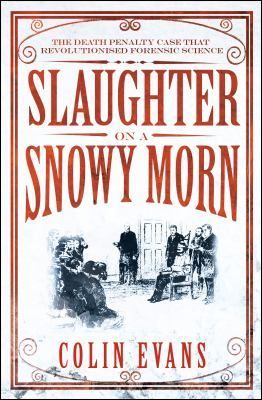
Slaughter on a Snowy Morn The Death Penalty Case That Revolutionised Forensic Science
Sing Sing Prison, New York, July 1916. Charles Frederick Stielow, a 37-year-old farmhand with the mind of an infant, is just minutes away from the electric chair for a double murder he didn't commit. With a vengeful legal system baying for blood, his situation looks hopeless. Eight blocks away, Stielow's wife sobs helplessly in her hotel room, certain she will never see her husband alive again. "Slaughter on a Snowy Morn" is the first full account of how Charles Stielow, convicted of murdering a wealthy landowner and his housekeeper, became the central figure in one of the most fascinating yet little-known stories in criminal history. The cast list includes New York state Governor Charles Seymour Whitman - ambitious for the White House - and his nemesis, Sing Sing warden Thomas Mott Osborne, a passionate opponent of the death penalty, convinced of Stielow's innocence. The crooked 'expert' testimony of Albert H. Hamilton, a jumped-up druggist, condemned Stielow to death row, where the battle to save his life is led by America's most celebrated female lawyer, Grace Humiston. But the story's undung hero is the obsessively secretive, quietly spoken Charles E. Waite - the great mystery man of American forensic science - whose experts tore Hamilton's testimony to shreds. Colin Evans presents a nail-biting true story of wrongful conviction and redemption in an age of bare-knuckle politics and cynical courtroom manoeuvering, which changed for ever the face of American justice.